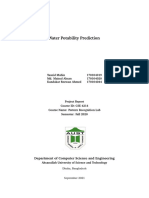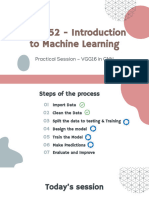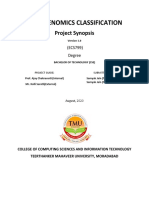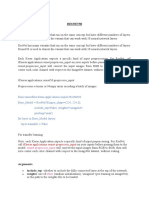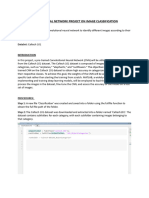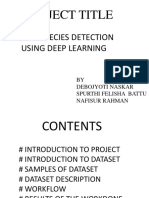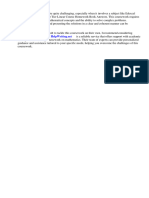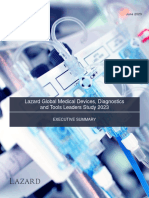0% found this document useful (0 votes)
10 views6 pagesChange&Reference
Uploaded by
priyanka.debnath.cse.2021Copyright
© © All Rights Reserved
We take content rights seriously. If you suspect this is your content, claim it here.
Available Formats
Download as DOCX, PDF, TXT or read online on Scribd
0% found this document useful (0 votes)
10 views6 pagesChange&Reference
Uploaded by
priyanka.debnath.cse.2021Copyright
© © All Rights Reserved
We take content rights seriously. If you suspect this is your content, claim it here.
Available Formats
Download as DOCX, PDF, TXT or read online on Scribd
/ 6









